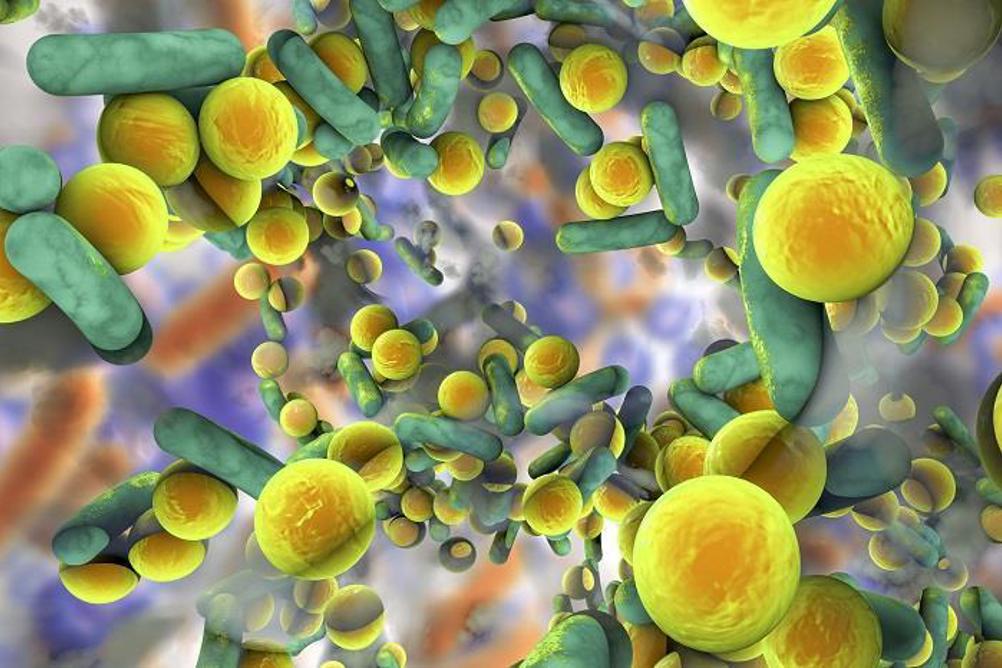
Antimicrobial resistance (AMR) is one of the biggest threats to public health and development globally. A 2019 WHO report showed that bacterial AMR directly caused 1.27m deaths worldwide and contributed to 4.96m more. So, what can we do to limit the problem?
What is antimicrobial resistance?
Antimicrobial resistance (AMR) is the ability of microbes, including fungi, viruses, and bacteria, to evolve defences against substances meant to kill them, such as drugs, disinfectants and topical treatments. The terms ‘antibiotic resistance’ and ‘antimicrobial resistance’ are sometimes used interchangeably, but they are not the same thing. Antibiotics are a type of antimicrobial, and antibiotic resistance is a kind of antimicrobial resistance. It applies only to antibiotic drugs for bacterial infections becoming less effective over time. Antimicrobial resistance is a broader term.
Register now to continue reading
Thank you for visiting Dental Nursing and reading some of our resources. To read more, please register today. You’ll enjoy the following great benefits:
What's included
-
Up to 2 free articles per month
-
New content available
Already have an account? Sign in here
